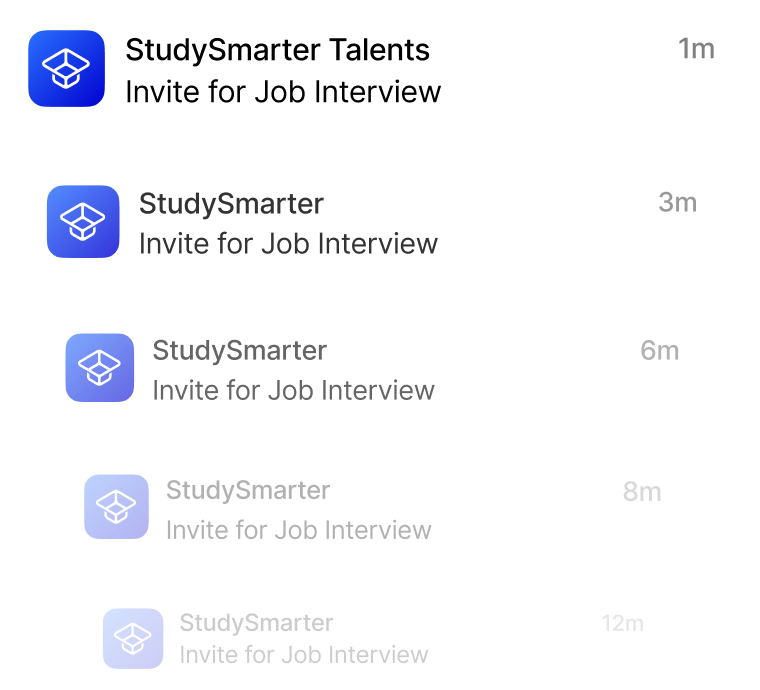At a Glance
- Tasks: Join a team to develop computational models for understanding liquid-solid impact damage.
- Company: Queen Mary University of London fosters diversity and academic excellence in engineering and materials science.
- Benefits: Enjoy competitive salary, 30 days leave, flexible working, and professional development opportunities.
- Why this job: Be part of groundbreaking research with a diverse team, making a real-world impact on materials science.
- Qualifications: PhD in Computational Mechanics or related field; strong experience in computational methods required.
- Other info: Open to flexible working arrangements and committed to inclusivity in the recruitment process.
The predicted salary is between 31900 - 38400 £ per year.
About the Role
Applications are invited for a full-time Postdoctoral Research Associate (PDRA) to work on an ERC Starting Grant/UKRI Frontier Research Grant in the group of Dr. Wei Tan. The ERC Starting Grant project, \”LSIMPACT: Life-like Resilient Materials for Mitigating Liquid-Solid Impact Damage,\” aims to understand the effects of high-speed liquid collisions with solid surfaces, such as erosion on wind turbine blades and aircraft components. LSIMPACT aims to reveal the mechanisms underlying liquid-solid impact damage using innovative experimental and computational approaches, thereby guiding the development of advanced impact-resistant materials.
The main purpose of this role is to develop multi-physics computational models and reveal liquid-solid impact damage mechanisms. The post will collaborate with two postdocs specialising in experimental mechanics and materials science and PhD students.
About You
You should have a PhD degree in Computational Mechanics or a relevant subject (e.g. Engineering Mechanics, Applied Mathematics, Mechanical Engineering, Aerospace Engineering, Physics, etc.) or be near completion. They should possess strong experience in computational mechanics and finite element methods. Additionally, expertise in computational fluid dynamics, solid mechanics and fluid-solid interaction is essential. Knowledge or experience in multi-scale modelling and machine learning algorithms is desirable.
About the Department
This post is within the School of Engineering and Materials Science, a large School with 108 academics, more than 250 PhD students and over 2500 undergraduate students. It is one of five schools in the Faculty of Science and Engineering at Queen Mary University of London.
These are supported by an administrative and technical staff team of 45. The staff and student body are international in make-up.
About Queen Mary
At Queen Mary University of London, we believe that a diversity of ideas helps us achieve the previously unthinkable.
Throughout our history, we’ve fostered social justice and improved lives through academic excellence. And we continue to live and breathe this spirit today, not because it’s simply ‘the right thing to do’ but for what it helps us achieve and the intellectual brilliance it delivers.
We continue to embrace diversity of thought and opinion in everything we do, in the belief that when views collide, disciplines interact, and perspectives intersect, truly original thought takes form.
Benefits
We offer competitive salaries, access to a generous pension scheme, 30 days’ leave per annum (pro-rata for part-time/fixed-term), a season ticket loan scheme and access to a comprehensive range of personal and professional development opportunities. In addition, we offer a range of work life balance and family friendly, inclusive employment policies, flexible working arrangements, and campus facilities.
Queen Mary’s commitment to our diverse and inclusive community is embedded in our appointments processes. Reasonable adjustments will be made at each stage of the recruitment process for any candidate with a disability. We are open to considering applications from candidates wishing to work flexibly.
£37,889 to £45,974 per annum
#J-18808-Ljbffr
Postdoctoral Research Associate in Computational Mechanics employer: Queen Mary University of London
Contact Detail:
Queen Mary University of London Recruiting Team
StudySmarter Expert Advice 🤫
We think this is how you could land Postdoctoral Research Associate in Computational Mechanics
✨Tip Number 1
Network with professionals in the field of computational mechanics. Attend relevant conferences or workshops where you can meet researchers and academics, including those from Queen Mary University of London. This can help you gain insights into the latest research trends and potentially get a referral.
✨Tip Number 2
Familiarise yourself with the specific projects and research interests of Dr. Wei Tan and his team. Understanding their work on liquid-solid impact damage will allow you to tailor your discussions and demonstrate your genuine interest during any interviews or networking opportunities.
✨Tip Number 3
Engage with the academic community by contributing to online forums or publications related to computational mechanics. Sharing your knowledge and insights can help establish your credibility and make you a more attractive candidate for the position.
✨Tip Number 4
Prepare to discuss your experience with multi-physics computational models and any relevant software tools during interviews. Being able to articulate your technical skills and how they relate to the role will set you apart from other candidates.
We think you need these skills to ace Postdoctoral Research Associate in Computational Mechanics
Some tips for your application 🫡
Tailor Your CV: Make sure your CV highlights your PhD in Computational Mechanics or a related field. Emphasise your experience with computational mechanics, finite element methods, and any relevant projects that showcase your skills in fluid dynamics and solid mechanics.
Craft a Strong Cover Letter: In your cover letter, express your enthusiasm for the LSIMPACT project and how your background aligns with its goals. Mention specific experiences that demonstrate your expertise in multi-physics computational models and any knowledge of machine learning algorithms.
Highlight Collaborative Experience: Since the role involves collaboration with other postdocs and PhD students, include examples of past teamwork in research settings. This could be joint projects, co-authored papers, or any mentoring roles you've taken on.
Showcase Your Research Impact: If you have published papers or presented at conferences, mention these achievements to illustrate your contribution to the field. Highlight any innovative approaches you've taken in your research that align with the aims of the ERC Starting Grant.
How to prepare for a job interview at Queen Mary University of London
✨Showcase Your Technical Skills
Be prepared to discuss your experience with computational mechanics, finite element methods, and computational fluid dynamics. Bring examples of past projects or research that demonstrate your expertise in these areas.
✨Understand the Project Goals
Familiarise yourself with the LSIMPACT project and its objectives. Be ready to explain how your skills and experiences align with the goals of understanding liquid-solid impact damage and developing advanced materials.
✨Collaborative Mindset
Highlight your ability to work in a team, especially since this role involves collaboration with other postdocs and PhD students. Share examples of successful teamwork from your previous experiences.
✨Emphasise Adaptability and Learning
Discuss your willingness to learn new techniques, such as multi-scale modelling and machine learning algorithms. Show enthusiasm for expanding your skill set to contribute effectively to the research group.

